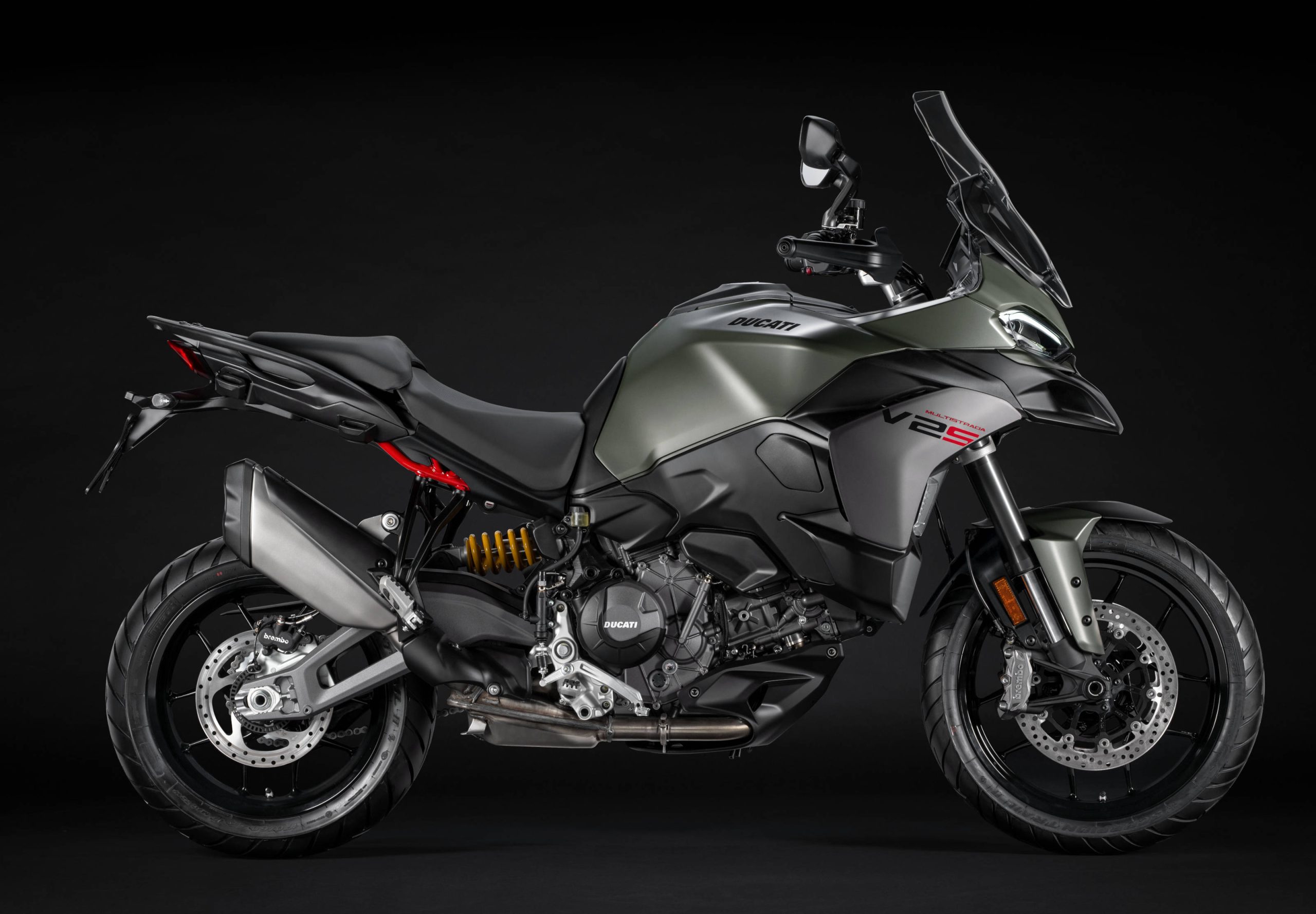
Continuing the theme of the recently announced Panigale V2 and Streetfighter V2, Ducati has today announced a dramatically lighter successor to the Multistrada V2 for the 2025 model year. Several other changes appear in the thoroughly redesigned bike, which will be available both as a standard Multistrada V2 and a Multistrada V2 S, the latter of which receives semi-active suspension.
Here is the press release from Ducati, followed by a video:
- The completely redesigned mid-size crossover for twin-cylinder engine lovers sets new benchmarks for lighteness, handling and ease of riding
- Designed around the new Ducati V2 engine and with an aluminium monocoque frame, it weighs 18 kg less than the previous model
- Benchmark electronic equipment and Skyhook suspension, which thanks to the Minimum Preload function and a seat adjustable to two heights make the Multistrada V2 suitable for everyone
- The 4EVER Ducati and Roadside Assistance packages allow you to travel with complete peace of mind, thanks to a 4-year warranty and an assistance network with over 800 official Ducati dealerships in 90 countries around the world.*
Cologne (Germany), 5 December 2024 – With the eighth episode of the DWP 2025 (here the link to watch it), Ducati presents at Intermot, the Cologne motorcycle trade show, the new Multistrada V2, the mid-size crossover designed for lovers of the twin-cylinder engine, which with the 2025 model significantly improves in terms of lightness, handling and ease of riding. The new Multistrada V2 maintains the 19-inch front wheel to remain safe and fun even on the roughest asphalt but has been completely redesigned around the new twin-cylinder V2 engine, becoming even more accessible and at the same time fun to ride.
Thanks to a project inspired by the search for maximum lightness and focused on the monocoque frame and the new Ducati V2 engine, the new Multistrada V2 weighs a full 18 kg less than the previous model . Its 199 kg in running order without fuel represent the lowest value in the category, benefitting handling and manoeuvres from a standstill and at low speed, even when fully loaded. Its lightness, combined with the wide and full-bodied delivery of the variable-valve twin-cylinder, a benchmark electronics package and a careful ergonomic and aerodynamic development, means that the riding pleasure, fuel consumption, performance and handling of the new Multistrada V2 transform every trip into an unforgettable journey.
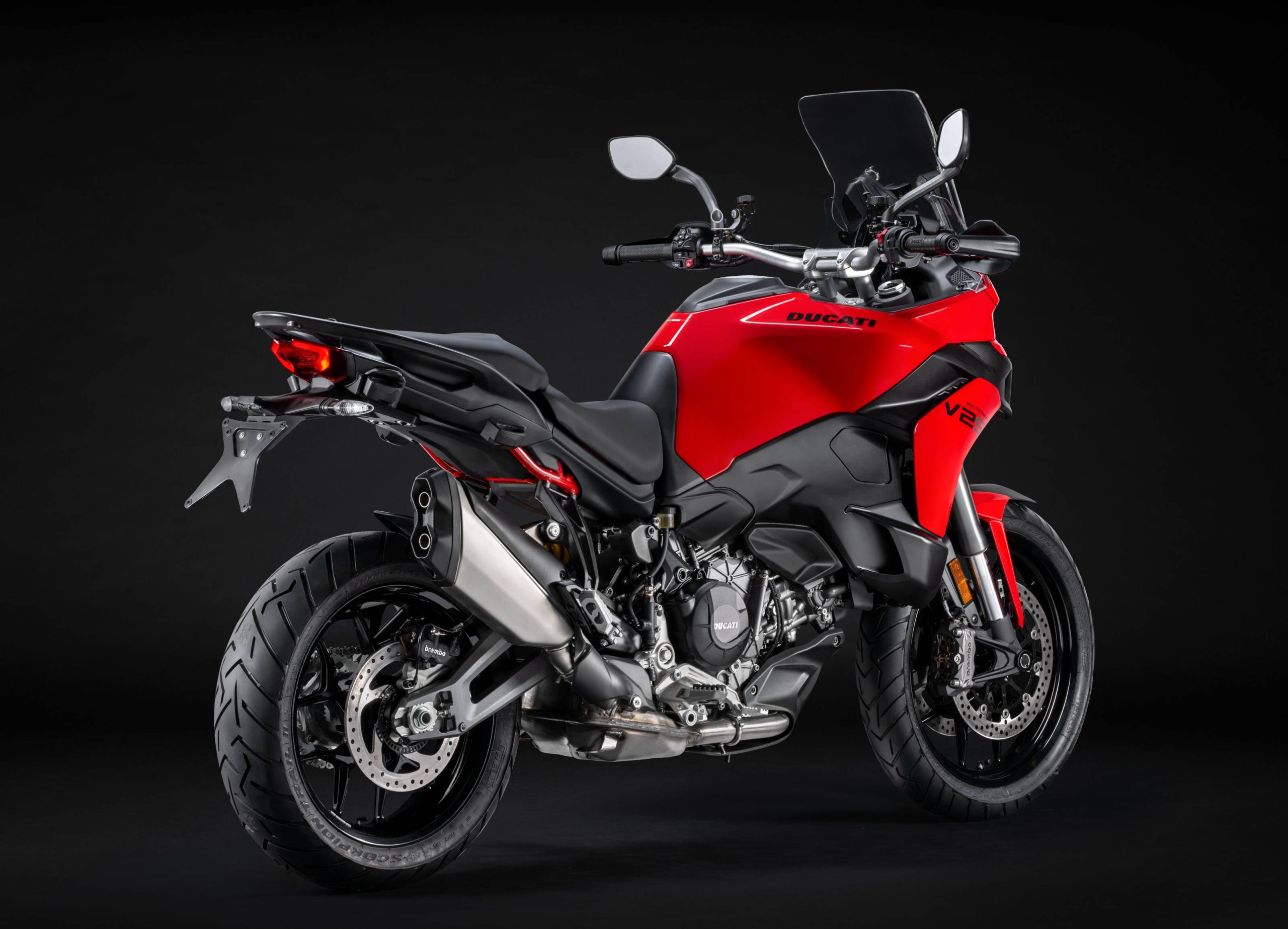
Design
The design of the new V2 draws inspiration from the stylistic concepts that have made the history of the Multistrada family : horizontally balanced volumes, with a light and short tail, and a front area characterised by sporty lines, emphasised by the side panels that load the front end. The shoulder surfaces, the front masses and the ‘beak’ – historically distinctive characteristics of the Multistrada – have been made more harmonious.
Like all Ducatis, the Multistrada V2 also combines design and functionality. The Centro Stile Ducati defined its lines in close collaboration with R&D technicians, to integrate aerodynamic solutions into the design studied to improve thermal comfort and protection from the elements.
The windshield, highly protective and adjustable in height, was defined through careful aerodynamic research that also involved the deflectors, perfectly integrated into the front line.
For thermal comfort, as on the Multistrada V4, upwash lateral air conveyors have been introduced, integrated into the design of the bike that help direct fresh air to the rider’s legs.
The new headlights and DRL inspired by the latest-generation Panigale and Multistrada V4 help to define a compact and aggressive front view, immediately recognizable. The shorter “beak” is well integrated into the windshield and creates a more harmonious image. The direction indicators, thin and harmonized in the design of the side panels, have been completely redesigned and repositioned to offer optimal visibility and create a gap between them and the fairing that allows the passage of fresh air towards the rider.
The tail is very slim and light, thanks to a shorter rear grab handle, completely redesigned to guarantee functionality and ergonomics.
Ergonomics and comfort
The ergonomics of the Multistrada V2 have been completely revised with great attention paid to comfort. The rider and passenger seats have been redesigned, and passenger roominess has been improved compared to the previous model in terms of legroom and torso space, thanks to rearward top box and side case attachments.
To allow the rider to rest their feet on the ground safely, the new Multistrada V2 has been equipped with a seat that can be adjusted to two positions, with heights of 850 and 830 mm. Furthermore, the Ducati Performance catalogue offers as an accessory a seat raised to 870 mm, and one lowered to 810. On the S version, thanks to the semi-active DSS (Ducati Skyhook Suspension) and the Minimum Preload system, it is possible to lower the seat to 790 mm.
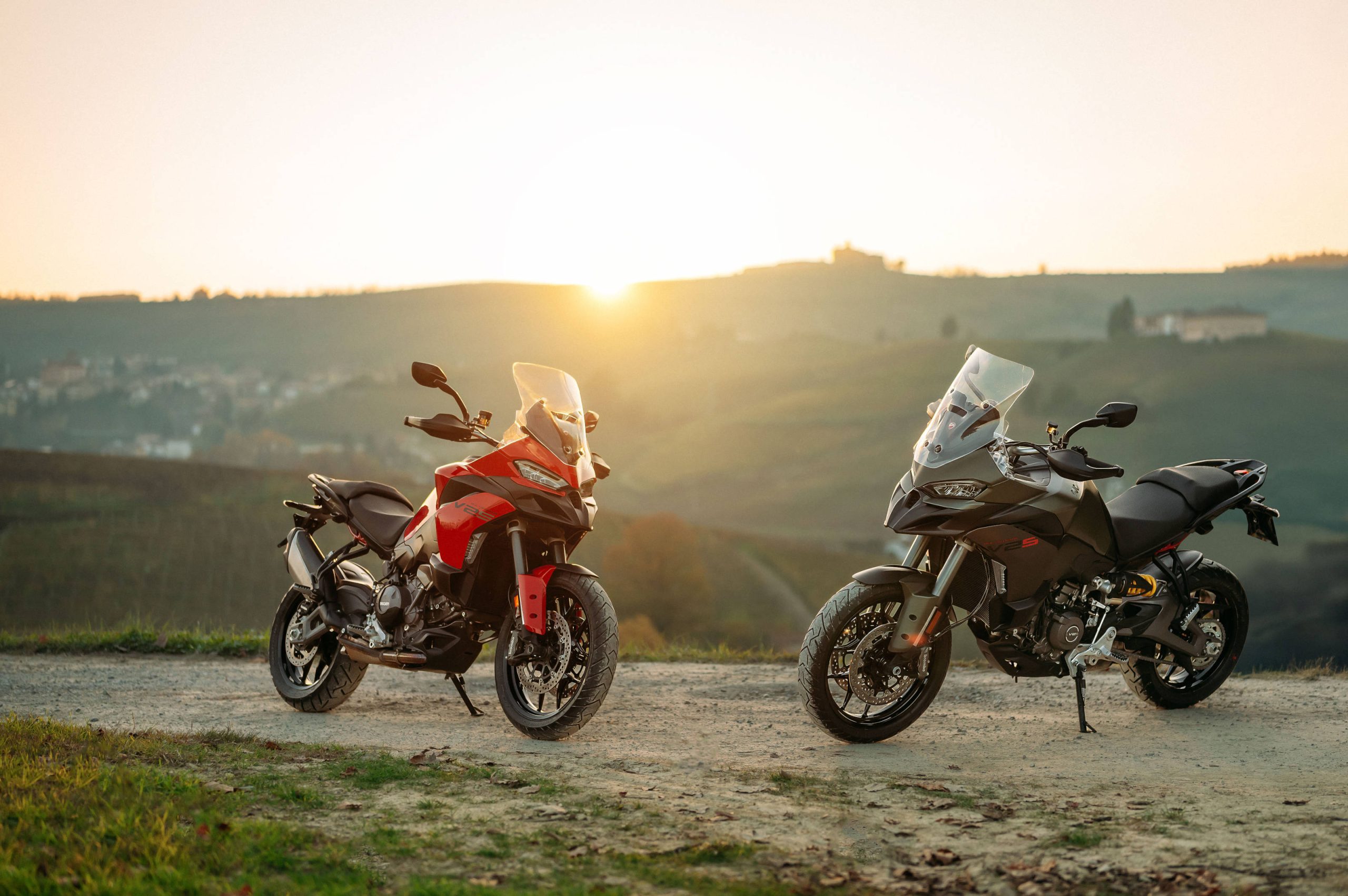
New Ducati V2 Engine
The new Multistrada V2 is equipped with the new Ducati V2 engine, a 90° V-twin, 890 cc, with IVT variable intake valve timing and distribution with coil spring valve recall. This new engine, extremely compact and lightweight – weighing only 54.9 kg – makes an important contribution to the reduction of the bike’s weight. In this configuration it delivers 115 hp at 10,750 rpm and 92 Nm of torque at 8,250 rpm.
Thanks to the variable valve timing, the V2 engine optimizes performance, delivery and consumption. The power at high revs is combined with a sustained torque delivery at low and medium revs: more than 70% of the maximum torque is already available at 3,500 rpm, and between 3,500 and 11,000 rpm the value never drops below 75%. This is combined with a more regular combustion at low revs, which provides a very fluid delivery at small throttle openings , and the larger flywheel, which improves riding pleasure especially in touring or traffic thanks to a smoother throttle opening response.
Finally, the gear ratios have been specifically designed for the Multistrada, with a shorter first and second gear to improve usability at low speeds and full load acceleration. The gearbox is equipped with the new Ducati Quick Shift 2.0, which offers a more precise pedal feel and faster gear changes.
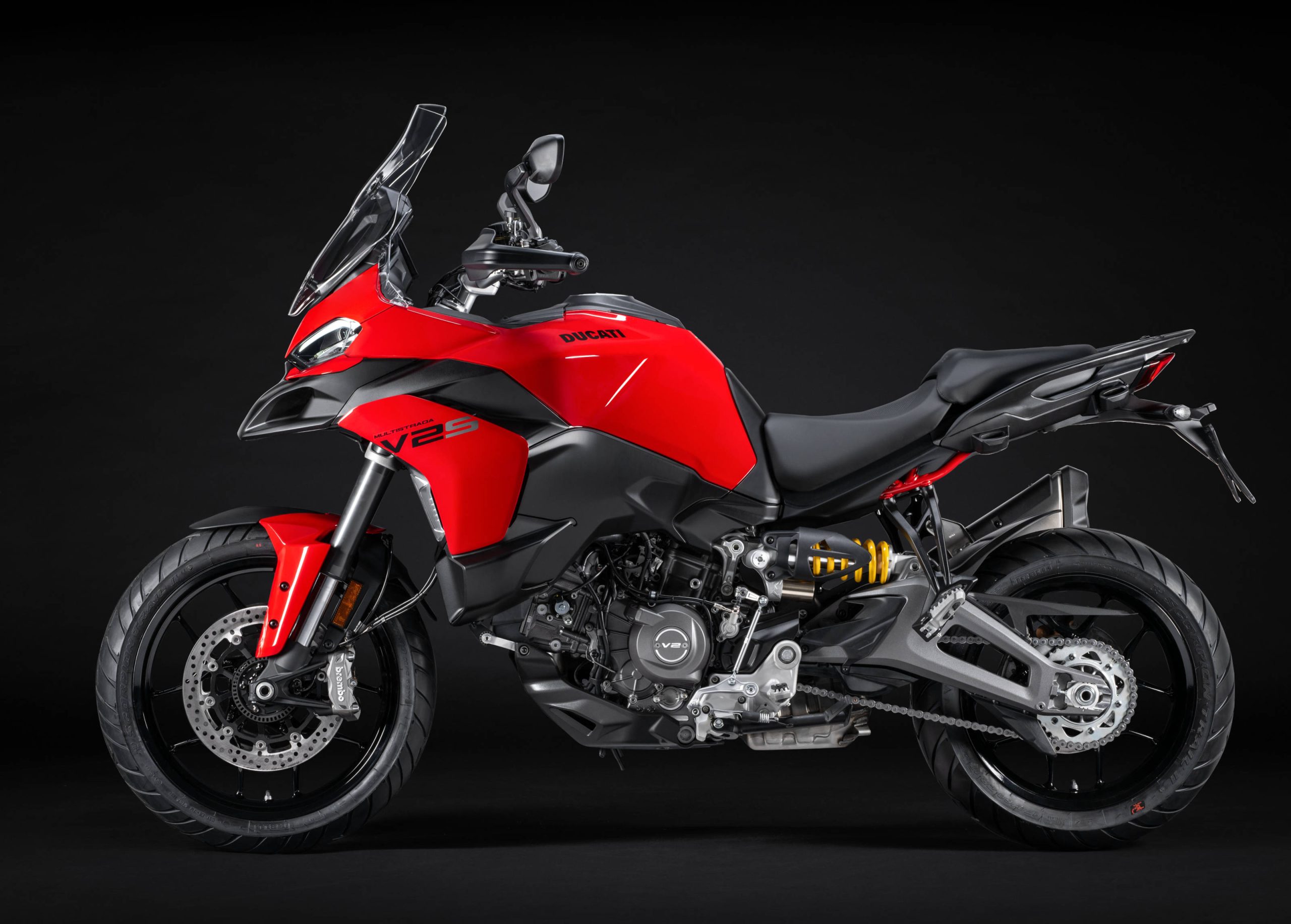
Completely redesigned chassis
To improve comfort and riding pleasure on any route, the new Multistrada V2 is equipped with a completely redesigned frame, rear subframe and swingarm, which embrace the same construction philosophy as the Multistrada V4. The frame is an aluminium monocoque that uses the engine as a stressed element, the rear subframe is a steel trellis and the swingarm is cast in aluminium. All this, combined with the new V2 engine, allows the Multistrada to arrive at an extremely low weight: only 199 kg, in running order without fuel, for the V2 version, and 202 kg for the V2 S version equipped with semi-active suspension.
Thanks to a complete redesign and the solution of the monocoque frame, Ducati engineers have managed to create a slim bike, with a very narrow fit that allows you to put your feet on the ground more easily. Furthermore, the contact area of the knees and inner thighs with the surfaces of the bike has been improved, increasing riding pleasure and the sense of control at high speeds. Thanks to the new ergonomics, the new Multistrada V2 requires less handlebar effort to lean and guarantees more neutral behaviour when entering and going through curves.
The Multistrada V2 is equipped with a Marzocchi fork with 45 mm tubes and a Sachs shock absorber with progressive link, both fully adjustable. The Multistrada V2 S boasts semi-active suspension with Ducati Skyhook Suspension electronic control, further improving comfort, safety and performance thanks to new electronic strategies that limit diving during braking (anti-dive) and the tendency to “sit” during acceleration (anti-squat), ensuring optimal riding precision.
In addition, the Minimum Preload function allows the rear suspension to be lowered to a minimum with the simple press of a button, facilitating contact of the feet on the ground especially when fully loaded and with a passenger. As on the new Multistrada V4, the Suspension Modes can be selected independently of the Riding Modes, to choose the preferred suspension calibration while maintaining the electronic control parameters and engine response unchanged.
Both versions of the Multistrada V2 are equipped with a 19” front wheel combined with a 17” rear wheel, with Pirelli Scorpion Trail II tyres, and 170 mm of suspension travel, to offer versatility and riding feel. The Brembo braking system features a double 320 mm front disc and a single 265 mm disc, with benchmark performance in every situation.
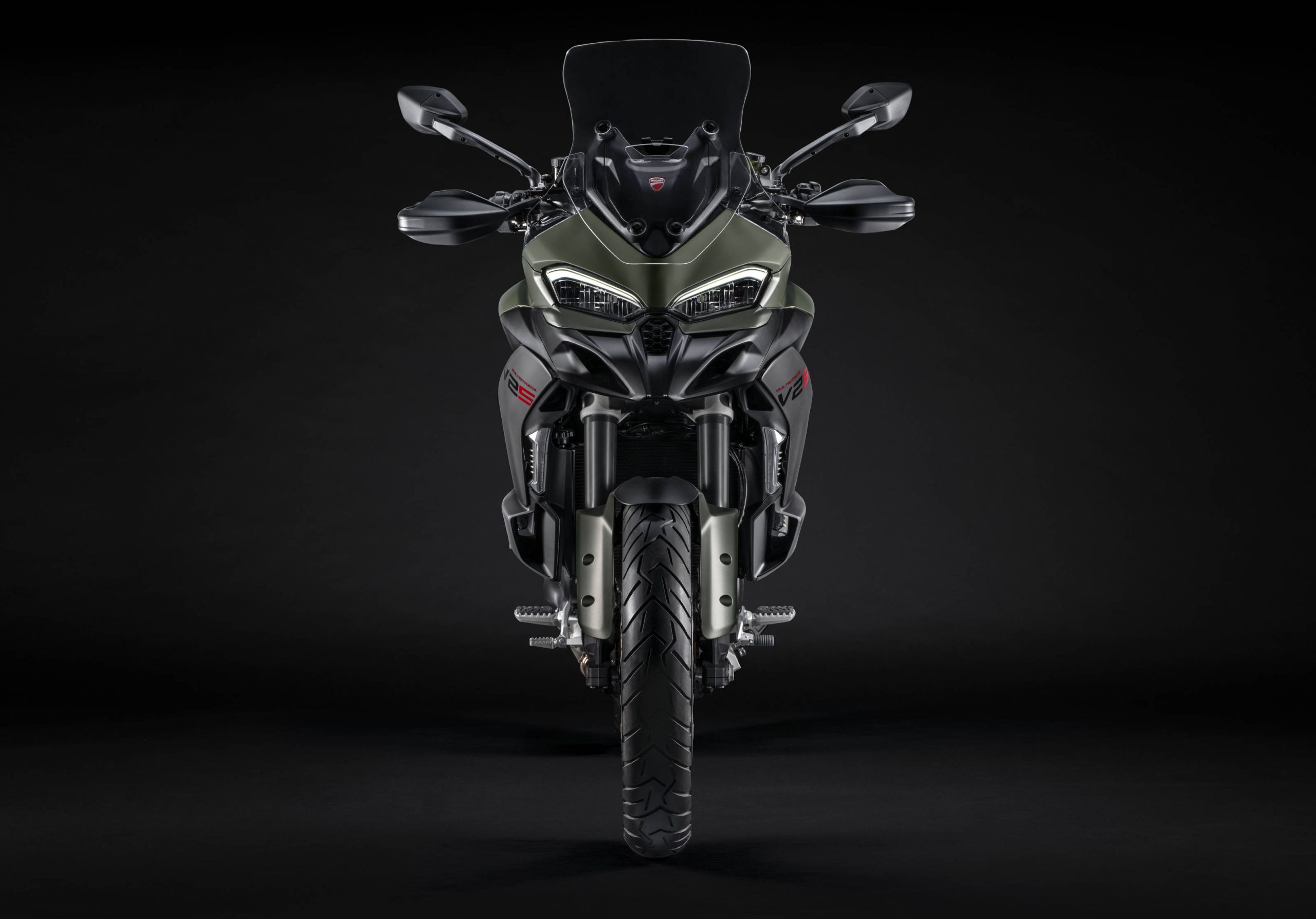
Benchmark electronics package
The new Multistrada V2 boasts a complete electronics package, manageable via redesigned handlebar controls and the new 5” TFT colour dashboard, with a completely revamped multilingual interface based on three different Infomodes.
The five available Riding Modes (Sport, Touring, Urban, Enduro and Wet) offer the possibility of adapting the Multistrada V2 to any situation, setting the engine power and response to pre-configured and modifiable values, thanks to the four Power Modes with which the engine is equipped. The Riding Modes, of course, set the cornering ABS, Ducati Traction Control (DTC), Ducati Wheelie Control (DWC) and Engine Brake Control (EBC) to pre-defined levels, which can be modified by the rider.
The three Infomodes (Road, Road Pro and Rally) allow you to make the most of the dashboard’s capabilities, changing the information displayed to offer the rider the best riding experiencein every situation: Road Pro, for example, provides the percentage of power and torque used in real time.
Finally, the Ducati Multistrada V2 is equipped as standard with Cruise Control, a USB socket integrated into the dashboard, the Ducati Brake Light EVO (which manages emergency flashing in sudden braking) and, in the case of the V2 S, the Ducati Multimedia System, with the possibility of activating the Turn-by-turn navigator accessory. Furthermore, the new Coming Home function keeps the low beams active when the ignition is turned off, to illuminate the area in front of the bike and make home entry easier.
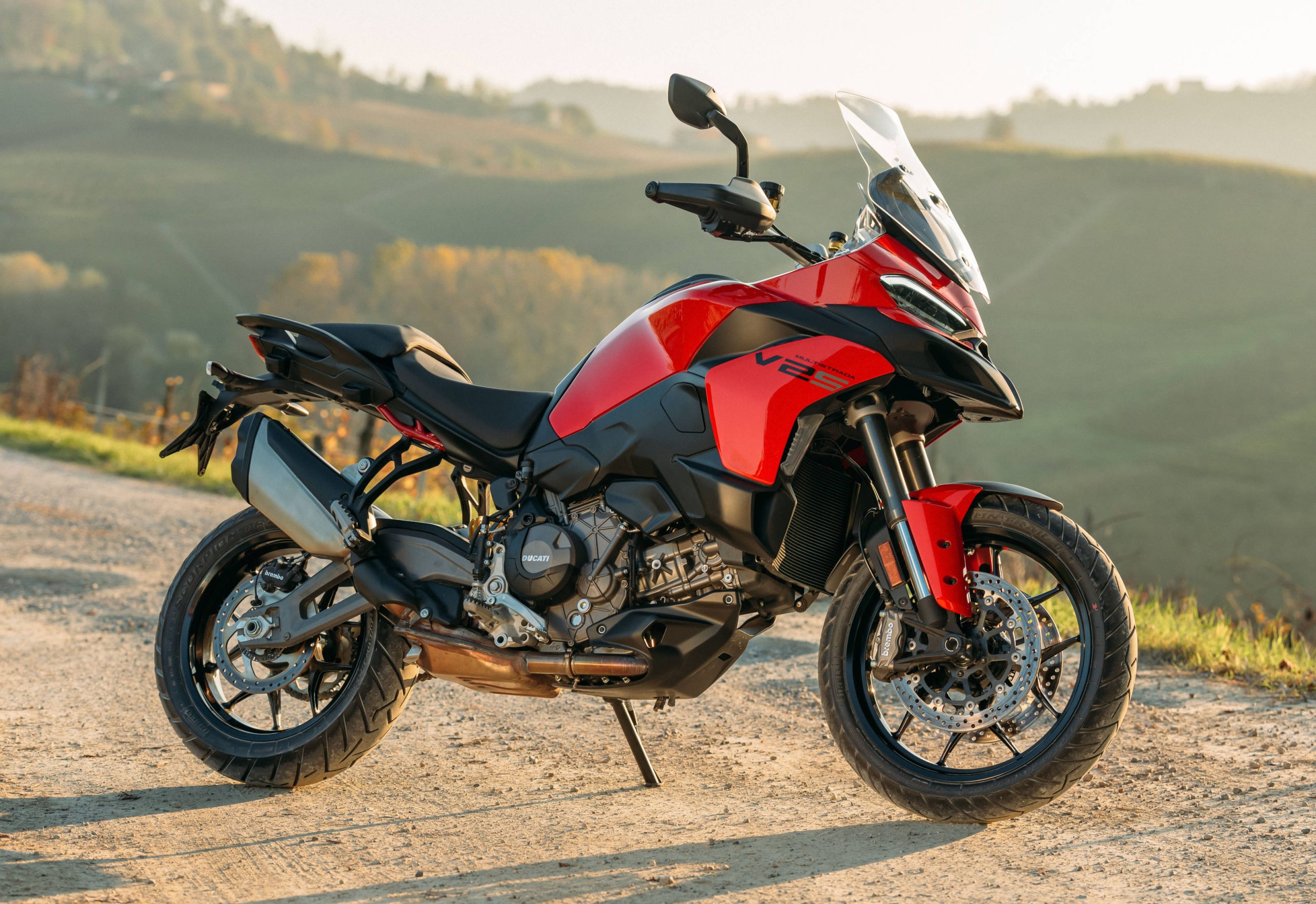
Safe everywhere
Like all Multistradas, the new V2 is also designed to allow Ducatisti to travel with maximum peace of mind thanks to benchmark maintenance intervals (valve clearance check set every 30,000 km) and the 4EVER Ducati and Roadside Assistance programs. The first offers a warranty valid for 4 years with unlimited mileage*. The Roadside Assistance* program adds roadside assistance, transportation for the rider and passenger, a replacement vehicle and overnight stays in a four-star hotel in the event of problems that may arise during the period of coverage. All this with the peace of mind offered by a network of over 800 official Ducati dealers in over 90 countries around the world.
Accessories and availability
A wide range of accessories allows you to customize your Multistrada V2 according to the most diverse needs. Plastic cases with a capacity of 60 litres, or aluminium ones with a capacity of 76 litres, are mounted on the bike with floating attachments to improve stability and therefore safety. Steel protections help limit damage in the event of a slide and the centre stand makes maintenance and loading operations on the bike easier.
Adventure lovers can fit spoked wheels, which make the Multistrada V2 more versatile, allowing it to continue the journey when the asphalt ends. Finally, those who want to enhance their Multistrada V2 by changing the exhaust sound, can choose from the various solutions offered by Termignoni.
The new Multistrada V2 will be available in the standard version, and V2 S, featuring DSS semi-active suspension. The first is offered in the Ducati Red colour, while for the second you can choose between Storm Green and Ducati Red, with the additional possibility of opting for the Travel trim, complete with plastic side cases, centre stand and heated grips. The new Ducati Multistrada V2 will arrive in dealerships in January 2025, also in a 35 kW version for motorcyclists with an A2 license.
* Valid in Europe only
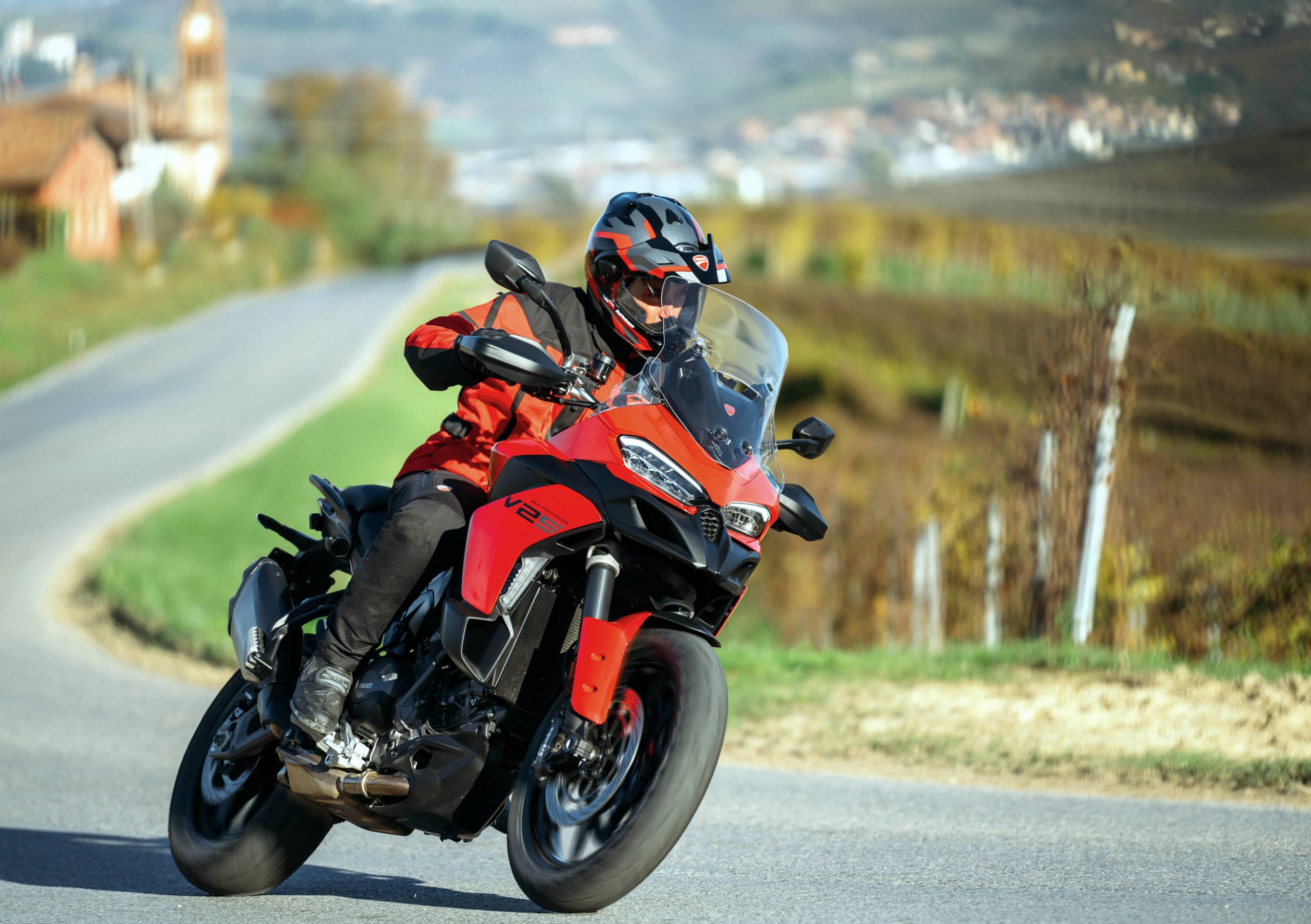
Multistrada V2 S
- Colour
- Ducati Red
- Storm Green
- Main standard features
- Ducati V2 engine, 890 cc
- Maximum power of 115 hp at 10,750 rpm
- Maximum torque of 92 Nm at 8,250 rpm
- Kerb weight without fuel: 202 kg
- Aluminium monocoque frame
- 19-litre tank
- Ducati Skyhook Suspension with Suspension mode management and Minimum Preload function
- Electronically controlled Marzocchi fork with 45 mm tubes, 170 mm travel
- Electronically controlled Sachs shock absorber, 170 mm travel
- Aluminium rims with 19” front and 17” rear
- Brembo braking system with double 320 mm front disc and 265 mm rear disc
- Pirelli Scorpion Trail II tyres
- Latest-generation electronic package with 6-axis Inertial Measurement Unit (6D IMU): ABS with cornering functionality; Ducati Traction Control (DTC); Ducati Wheelie Control (DWC); Ducati Quick Shift (DQS) 2.0; Engine Brake Control (EBC).
- New 5” full-TFT dashboard with Infomode management and redesigned handlebar controls
- Riding Modes (Sport, Touring, Urban, Enduro, Wet)
- Power Modes (High, Medium, Low, Off-Road)
- Full-LED headlights with DRL and Coming Home functionality
- Ducati Brake Light EVO
- Ducati Multimedia System
- Cruise Control
- USB socket on the dashboard
Multistrada V2
- Colour
- Ducati Red
- Standard features as Multistrada V2 S with the exception of
- Kerb weight without fuel: 199 kg
- Marzocchi fork with 45 mm tubes with mechanical control, 170 mm travel
- Sachs shock absorber with mechanical control, 170 mm travel
- Ducati Multimedia System

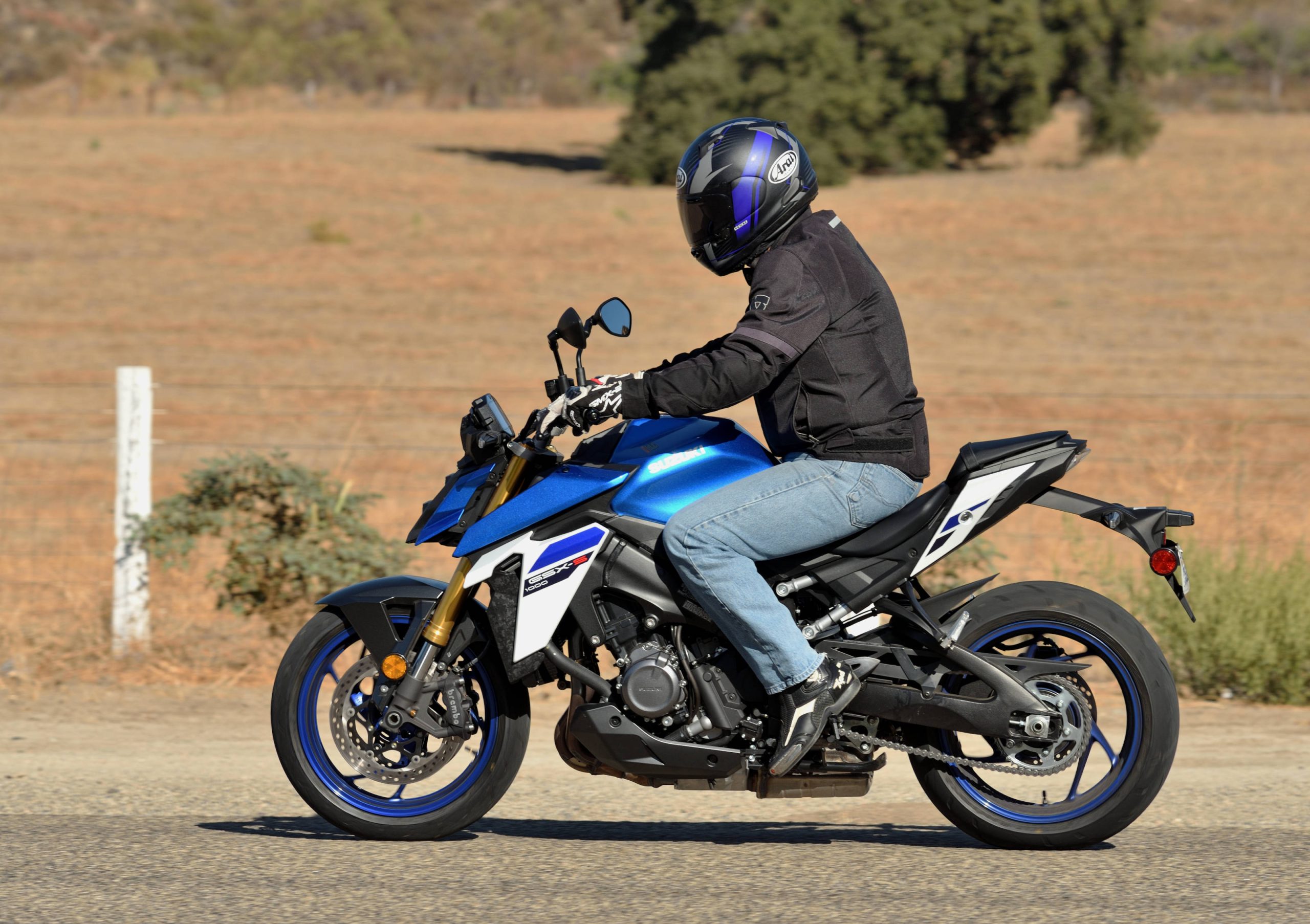
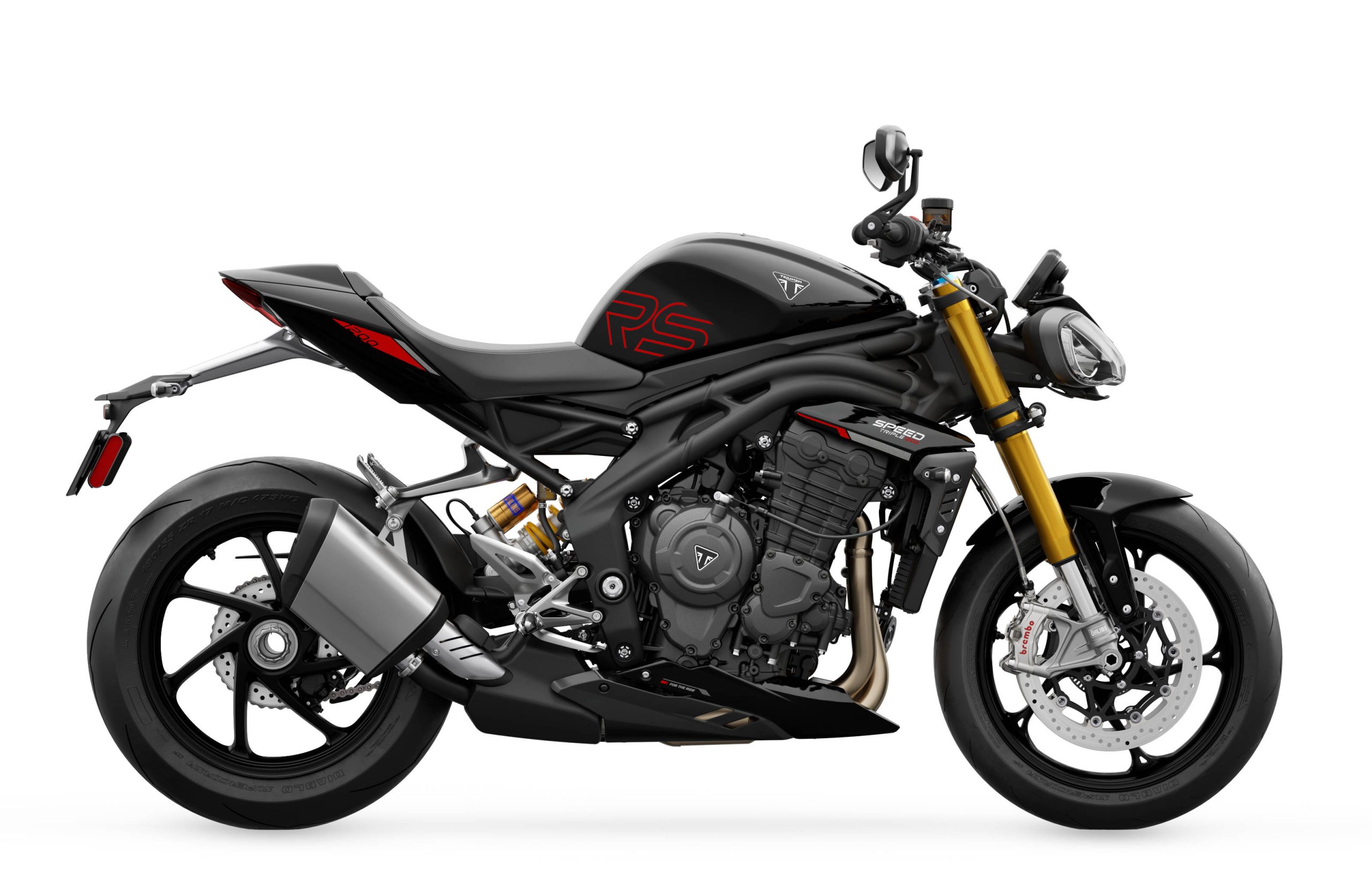
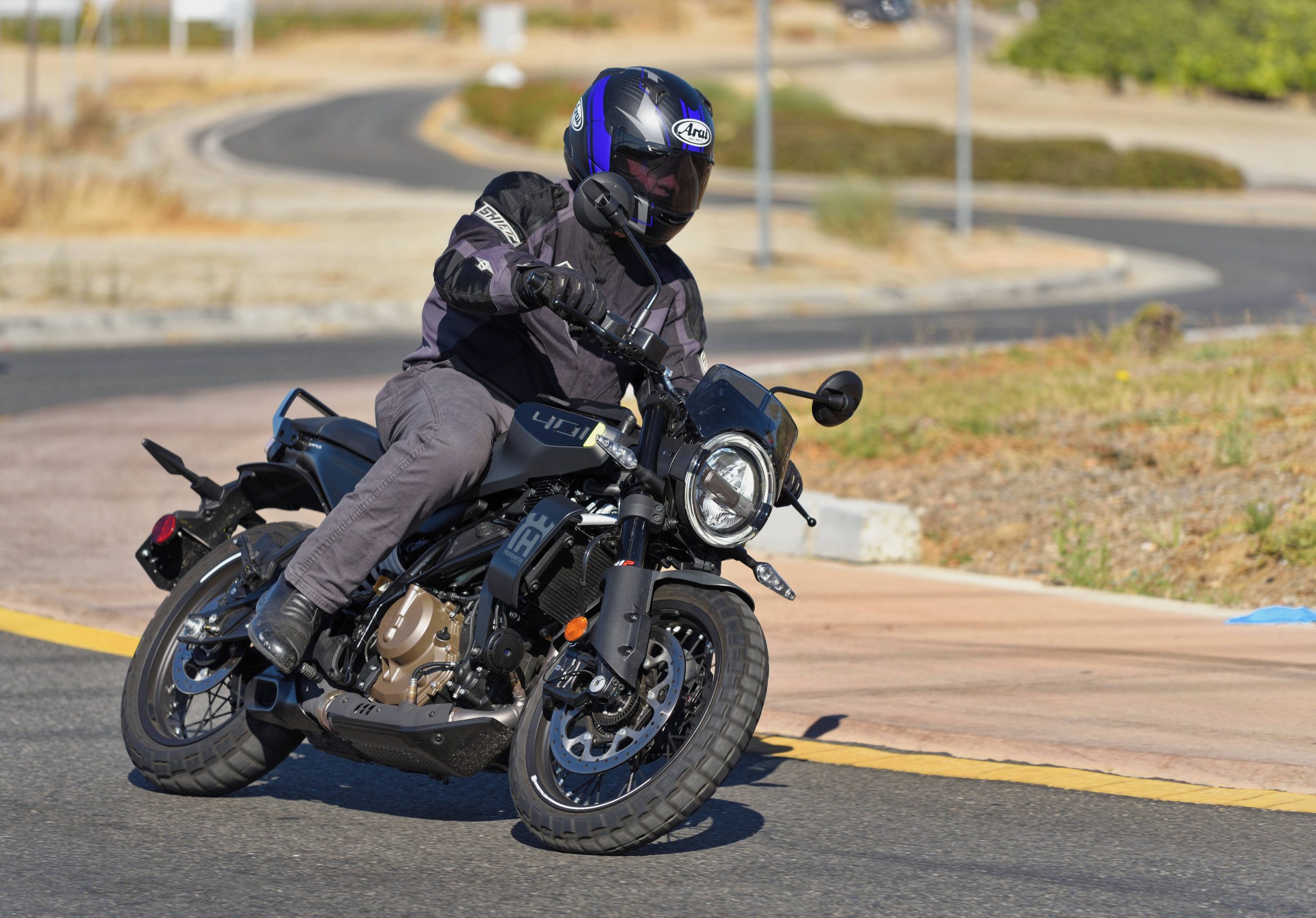
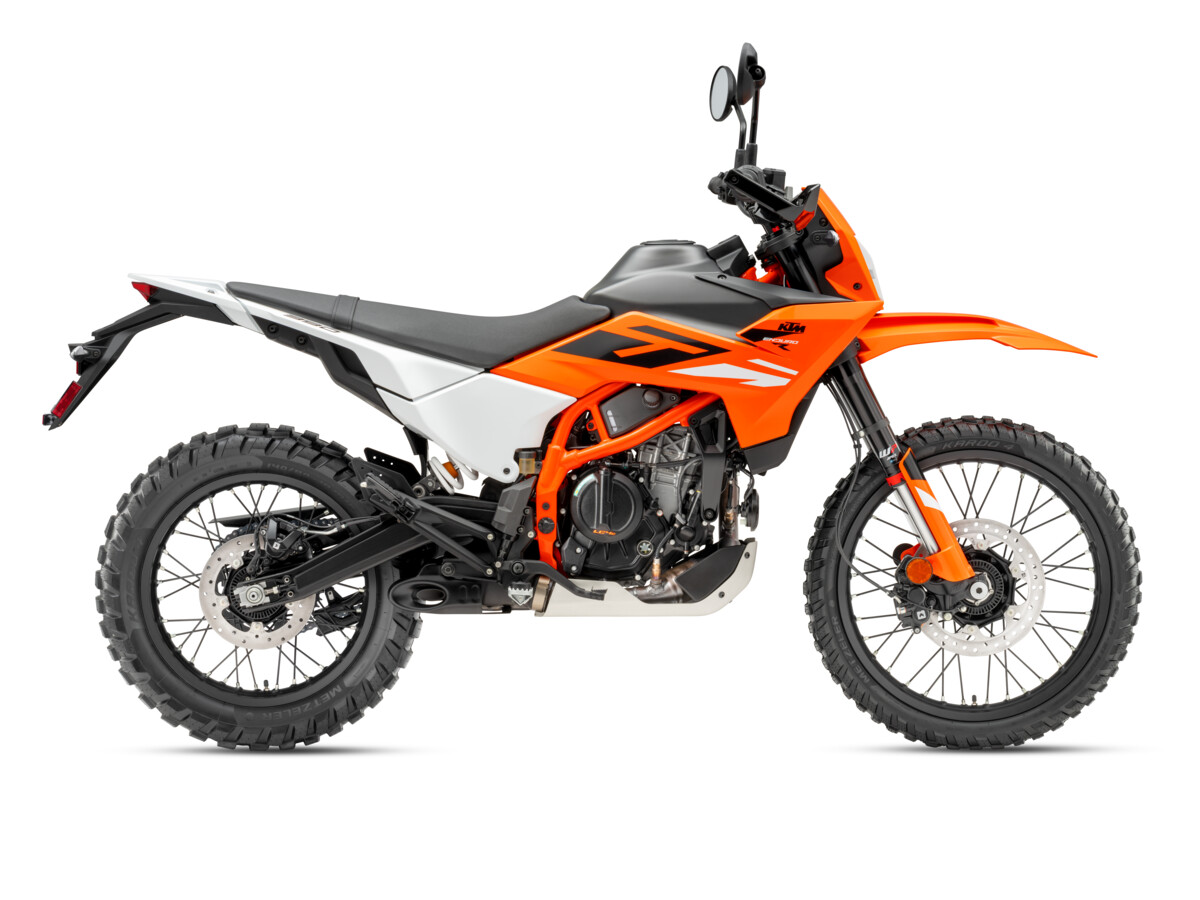
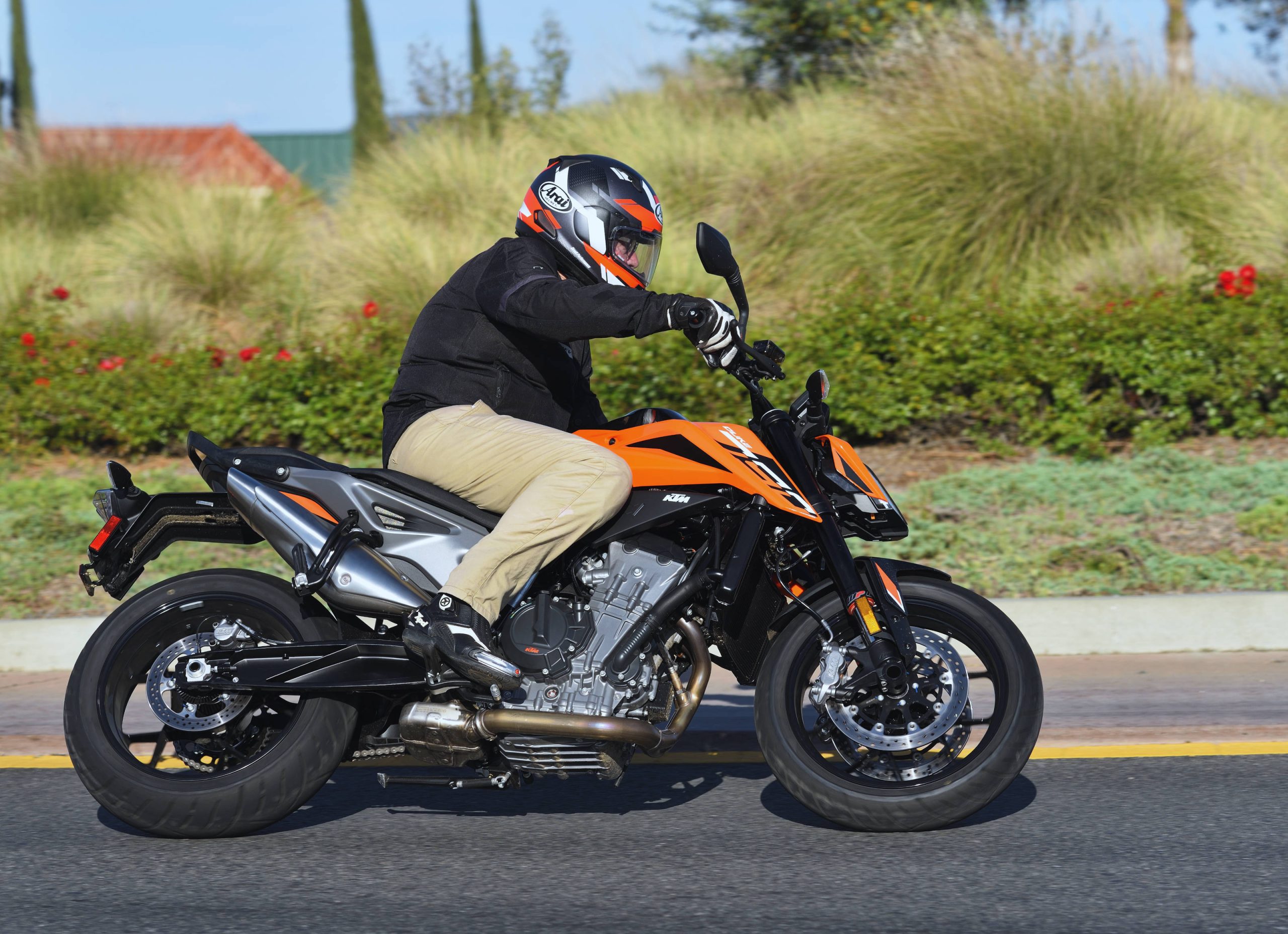
Nice. I’d be pissed though if I had bought one last year and found out if I had waited a bit mine would be 40 pounds lighter. That’s enough to actually make a difference.
We can reward ourselves when we’re ready or wait forever for the perfect thing.
If someone resolved to drop $20k on a new bike last year I bet they’re still satisfied with the purchase. The improvements to the newer thing don’t make the older thing “bad”.
I bought the first MS V2S available. It has found the sweet spot with enough power, great handling and comfort. I like the wide torque range, pulse engine feel and all day comfort. Pricey, yes but state of the art features, quality and zero problems. The new version sounds awfully good. It might push me to pay the price if I can get an acceptable trade-in $.
Huh. So it’s the same power and weight as a 2000 Triumph 955i Sprint RS. I know which one looks better and probably handles better too.
Lord how’s that there is a whole lot that I don’t like about the current crop of street bikes. But I’m pretty certain handling wouldn’t be a complaint. You might not like the ergos. The 19 inch front wheel might belong on someone else’ bike. But a 2024 Ducati is going to handle pretty well.
I might not like anything about this bike. But if you have to rent a current motorcycle for two up use. This would probably make the short list if available. I haven’t looked. The wife wants to ride Sicily spring ’26, she’s like that. This, an MT Yamaha, a BMW parallel twin, yadda yadda. You can only rent what they have to offer. Fortunately they have these one up options for those of us who would rather drive a car than use their two up options. At least it isn’t Harley or nothing like some areas. Just leave your gear and rent some flaccid convertible or something.
Did I mention that I am not impressed with the current car and bike offerings?
Yes, you did, once in awhile. It’s kinda like a guy I worked with who said he had no heros in the history of life. Gotta keep looking, – any ways.
I have found a number of recent bikes that seem to put comfort and straight-line performance above handling. I have never been impressed by how any Ducati I have ridden, or owned, handles. I haven’t ridden the current multistrada though. Maybe they have changed their priorities. Same goes for BMW and the larger KTM twins. Their older, smaller bikes have always handled better, both brands.
What the older bikes have going for them are their tire sizes. The 180 rear has become a bit of a staple. Ride any bike with a 160 or less on the rear and it is going to feel much more responsive. Way back when the wife and I tested the 620 and 1000 Multistrada the 620 was by far the better handling bike. It had a two sided swingarm and a 160 rear tire. But the 620 engine wasn’t really up to the task of being our go to two up bike.
The most ridiculous part of the Ducati 800 Scramblers is the 180 rear tire. The 800 air cooled two valve engine is a really lovable little guy that does mot require a 180 section rear tire. The Scrambler has sold well. But it would sell much better with a 160 rear tire. Why muddy the handling of your entry level bike with a big fat rear tire? It makes no sense. The magazine reviews would all have been better as well. Fashion, things that people do that make no sense in an attempt to impress the shallow.
Yep. Big BMW is a jorney to Greece Islands. There you’ll get Gelera scooters or, at least, yamaha dt 125 of your cook and his precious helper girl. If cook wants your wife and his precious helper girl wants you.
I’m kind of surprised that the Panigale V4 Tricolore didn’t make the cut. The crazy expensive bikes usually do. I think this one is remarkable in that there is not a lot of additional content to justify the price.
The ‘bars look extraordinarily-wide to me. Long gone is the time when it was reckoned that Italian bikes were designed for the smaller physique. This one looks about right for a gorilla!
Dave said it – “right spot” which was my first impression, every spec is sensible, and VVT is the greatest assist to road riding since cubic inches. I do take exception to the 40 pounds lighter, when with fuel it is still 500 pounds. Not unreasonable, but not earth shaking when it is a smaller engine. Like the available wire wheels, and the aerodynamics, especially the proper windscreen. No flip up at the top, yes to a straight across and wide enough top edged and back pressure control. Not so sure about coil spring valve recall, or coming home lights. Every time I read about another bike with star wars electronic gadgets, and fuss nuts – what the heck happened to basic and simple ? It is a motorcycle not an automobile.
Could use a flat seat.
Forty pounds lighter.
“not earth shaking when it is a smaller engine.”
Uh, isn’t that a fundamental reason that it is now lighter?
Yes, perhaps not all the reason, the weight is near nominal for this class of bike. The ad guys would have you believe something radical has happened by design. No titanium, composite or unobtanium, just emissions, gadgets, and stuffins.
Probably not. It’s not that much less displacement and VVT hardware is not weightless. The weight probably came out of the chassis.
They should go back to 17 inch wheels.
That seat does look like it slants way too far forward.
I’m sure KTM is going to notice that Ducati is now selling an 890 twin that makes 115hp.
They’ll never get me to give up the air cooled two valve Ducati engine, 17 inch wheels, or a cable operated throttle.
The Multistrada has always been an ugly motorcycle. The beauty of the original was the way that it worked. A large part of that was the 17 inch wheels, last seen on the Pike’s Peak editions.
Ducati used to bless the Multistrada with more aggressive cams than the rest of the line. My 2008 1100 makes about the same power as my 2003 and 2004 1000 did. But the 2004 had more bark. I’m tempted to bless my 2008 with 2004 cams. Motorcycles are not dogs. More bark, less wag.
“It is a motorcycle not an automobile ?”
Ask Audi, they own Ducati today.
“with fuel it is still 500 pounds”
Your math is off:
Weight without fuel is 199kg / 438 lbs (S model is 2 pounds heavier)
Assuming same fuel capacity of 5.3 gallons weight of fuel is 32 lbs (6lbs/gal)
Total weight = 470 lbs.
The outgoing bike was 489 pounds with fuel.
Correct . I don’t know where I got 460 pounds dry weight. Even better, think 1/2 fuel is 455 pounds, which is good for anything with 115 hp .
Not a “Nirvana”. Pure, simple, powerfull, original.
Ducati is on the right track with the V2; focusing on durability, longer maintenance intervals and “ridability” over the quest for more horsepower. 115hp and 69 ft-lbs of torque is right in the sweet spot for a road-focused motorcycle, especially when the motorcycle is over 40 pounds lighter. I’ll take less weight over more power every time. I’m hoping this engine finds it’s way into a Supersport/ST type configuration so I can replace my 26 year old ST2. The Multistrada and other “Adventure” bikes aren’t my thing.
They’ve so far wrapped a new Panigale V2 around this new engine. Most of the commentary about the new bike is that it’s so much less powerful than the outgoing model. I will not be surprised if it turns out to have much less committed ergos than the previous version and captures the prior Supersport customer. Or maybe they’ll continue doing both bikes around the new engine. That would be a positive signal for brand health.
Interesting displacement arc for the V-twin Multistrada. A bike that started life with a 1000cc air cooled engine eventually got an 1100 air cooled engine. Then it went from a water cooled 1098 to a 1198 and got throttle by wire in 2010, then a 1262. Then it contracts. It gets an 1158, then a 937 and now an 890.
I guess what surprises me is that the Euro 5 emissions bit pushed displacement up at most brands. It looks like Ducati is downsizing a bit for their general purpose V-twin engine from 937 to an 890 with VVT.
The progression you cite maps like the reach for more and more power but that has transitioned to the V4 engine platform, freeing them to “right size” the ride/maintenance/ownership experience of the V2 into something a bit more mainstream. It appears to me that the strategy is to further differentiate the V2’s from the V4’s.
This bike to me seems like an ultra-premium alternative to the V-strom and VVT arriving in motorcycling is very appealing to me. Interesting that it is not proliferating faster in makers with inline engines. The only ones I’m aware of are the big Kawasaki touring bike and the GSXR 1000 (I think?). Seems like it’d be easier to execute with only one cylinder head.
Definitely an improvement in the looks department and the adjustable ride height of the S version is helpful for the vertically-challenged. Now all I need is an excuse and probably £20K!
For the curious, no, Kareem Jabar did NOT patent his skyhook.
Burt, you kill me. LOL